IUSD Serves as a Model in Bridging Today’s Digital Divide
With school districts’ increased reliance on remote learning, high-speed internet access at home has become a higher priority for many students. Without a reliable online connection to their classes, students affected by the digital divide have no choice but to be less active participants in their learning.
September 30, 2020
Access to technology plays a significant role in ensuring academic success for today’s students, which has been amplified by the shift to virtual learning due to the spread of COVID-19. However, not all students have the same access to technology and internet connection as their peers. School districts must take the initiative to form long-term partnerships with local Internet service providers and students without Internet access, an issue that IUSD is taking steps to resolve.
This “digital divide” disproportionately affects lower-income families more than their middle or upper-income counterparts. According to a Pew Research Center poll conducted from April 7-12, 59% of parents with lower incomes believe their child may face digital obstacles in their learning.
For the 36,000 students operating within the Irvine Unified School District system, about 1.4 percent of students do not have access to high-speed internet at home. This data was collected in learning model selection questionnaires administered to IUSD families in July of this year, with 97 percent, or 34,310 students responding.
Students opting for more classes held online, namely through the Irvine Virtual Academy (IVA) and blended learning models, spend more time using technology than their peers who attend school twice a week in-person, which raises the risk of more technical difficulties.
“I think if [students] don’t have the correct software [or] Wi-Fi, that’s something they might need help from IUSD themselves because I think the majority of the people in my classes don’t really face many issues,” junior Cinta Adhiningrat said.
Currently, the IUSD information technology department offers ample options for families to receive high-speed internet access for a reduced cost on its support website. Families in need of low-cost options can complete applications on the AT&T, Cox Communications and Spectrum websites to receive assistance.
IUSD also took steps to build a more robust internet infrastructure to benefit students affected by the digital divide this summer.
“IUSD offered hotspots to all of these families before the start of school to get them connected,” IUSD Chief Technology Officer Brianne Ford said. “We also reached out to another… 2,000 families who reported problems with their internet provider.”
Los Angeles Unified School District, on the other hand, has lagged in its effort to secure adequate technology for its students. Students in the district lack nearly 50,000 Wi-Fi hotspots and computers to support their learning – a need left unmet since the closure of schools in March, according to the Los Angeles Times. Although $12.8 million has been approved by the county’s board of supervisors to address this issue, the time it will take for district officials to secure these devices remains unclear.
Though the pandemic has certainly spurred IUSD to work with local network providers and families to close the digital divide, only time will tell whether these partnerships are truly permanent. Nonetheless, the district is making commendable strides in its efforts to ensure students are active participants in their education, which should be replicated by neighboring school districts with a weaker internet infrastructure.



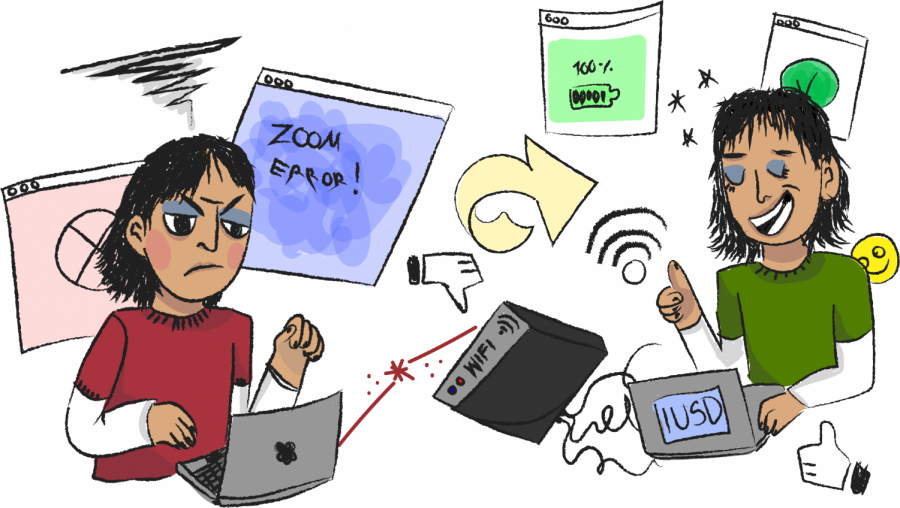
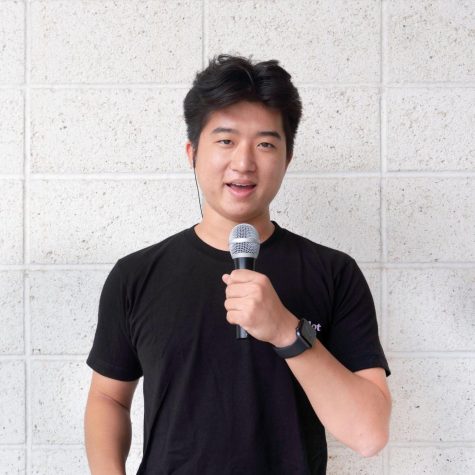





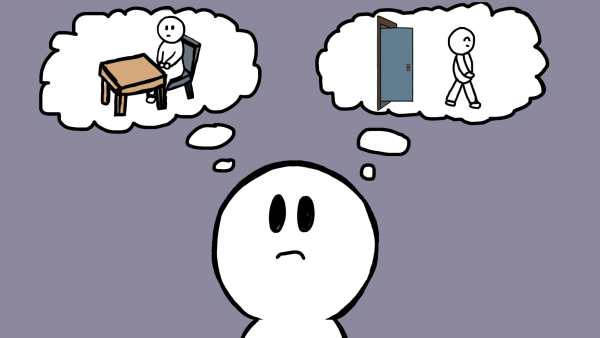



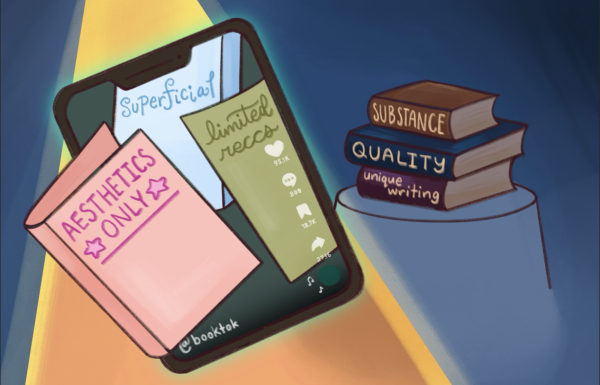
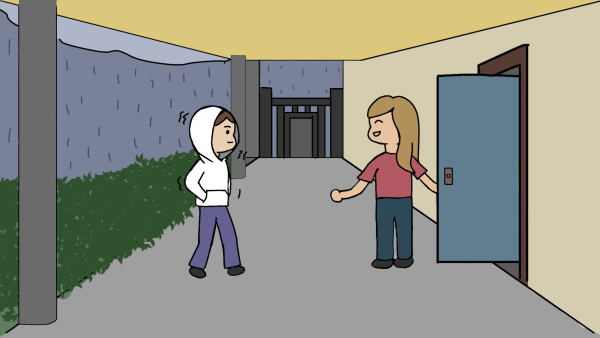


Matt | Oct 29, 2020 at 5:39 pm
Hi Ryan, thanks for the information. Internet for students is a must nowadays during these pandemic.